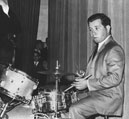RHODE ISLAND MUSIC HALL OF FAME TO INDUCT FOUR IN
THE CLASS OF 2024
The Rhode Island Music Hall of Fame (RIMHOF) has announced its 2024 inductees. The four new members will be: Harry Allen, George Kent, Shawnn Monteiro, and Daryl Sherman.
This year’s induction ceremonies and concert events will take place on two days – April 28 and May 19 – as RIMHOF celebrates its tenth induction season.
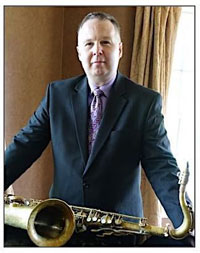 |
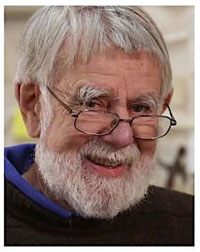 |
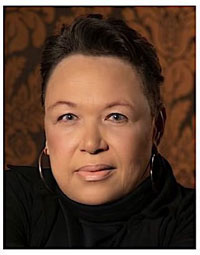 |
 |
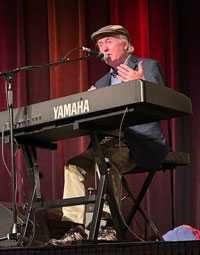 |
| Harry Allen | George Kent | Shawnn Monteiro | Daryl Sherman | Joe Doyle |
Sunday’s April 28 event will take place in The Met, Hope Artiste Village, 999 Main Street, Pawtucket, RI and will include the induction ceremonies, the unveiling of their displays, and performances by the new inductees. Doors are at 2:00. Tickets are $25.00 general admission/seated show and are on sale now at www.themetri.com/tickets
Jazz vocalist and pianist Daryl Sherman will perform selections from the Great American Songbook which have been featured on her many albums. Jazz vocalist and music educator Shawnn Monteiro will be presenting classics from her highly popular jazz repertoire laced with blues-oriented improvisations. Jazz saxophonist Harry Allen will be drawing from his vast and varied repertoire encompassing more than 100 albums. The three inductees will be joined by an all-star trio of piano, bass, and drums.
The induction ceremony and concert for music educator, organist, and founder of the Chorus of Westerly, George Kent, will take place Sunday, May 19, at 3:00 p.m. during a performance of Mozart’s Mass in C minor by the Chorus at the George Kent Performance Hall, 119 High Street, Westerly, RI. Reserved tickets are on sale at http://www.chorusofwesterly.org/season65
All proceeds from RIMHOF’s annual induction events go toward creating the museum displays, acquiring recordings and memorabilia, and digitizing that collection for permanent online access for future generations. All organizational work has been donated by members of the Board Of Directors and a small staff of volunteers.
For general information, visit http://www.rhodeislandmusichalloffame.com
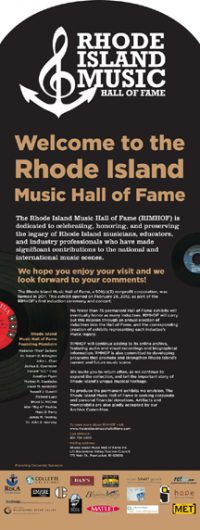 The Rhode Island Music Hall of Fame is a nonprofit dedicated to celebrating, honoring, and preserving the legacy of Rhode Island musicians, educators, and industry professionals who have made significant contributions to the national and Rhode Island music scene. The Hall will carry out its mission through the annual election of inductees, creation of a museum of artist- and music-related exhibits honoring inductees and commemorating the state’s musical legacy, and an online music archive of information about, and audio recordings by, those involved in Rhode Island’s past and present music scene.
The Rhode Island Music Hall of Fame is a nonprofit dedicated to celebrating, honoring, and preserving the legacy of Rhode Island musicians, educators, and industry professionals who have made significant contributions to the national and Rhode Island music scene. The Hall will carry out its mission through the annual election of inductees, creation of a museum of artist- and music-related exhibits honoring inductees and commemorating the state’s musical legacy, and an online music archive of information about, and audio recordings by, those involved in Rhode Island’s past and present music scene.
In addition, the Hall is committed to continuing that legacy by supporting programs and services aimed at promoting and strengthening Rhode Island’s current and future music scene and ensuring that music continues to play an important role in the lives of all Rhode Islanders.

